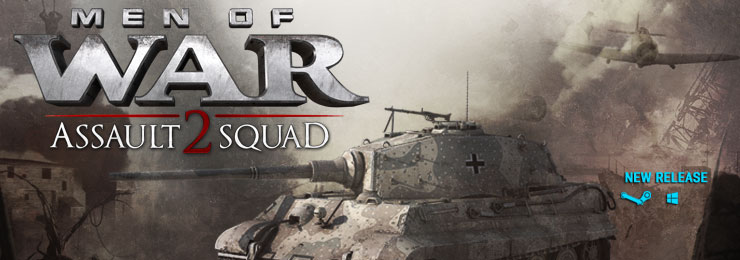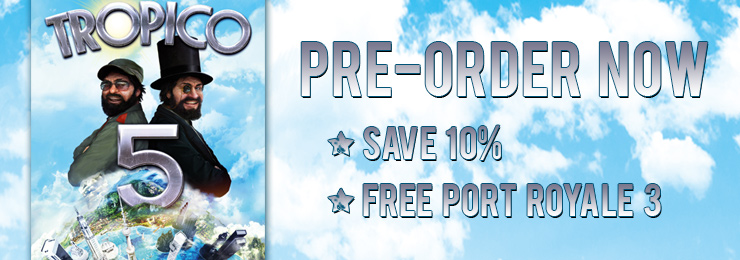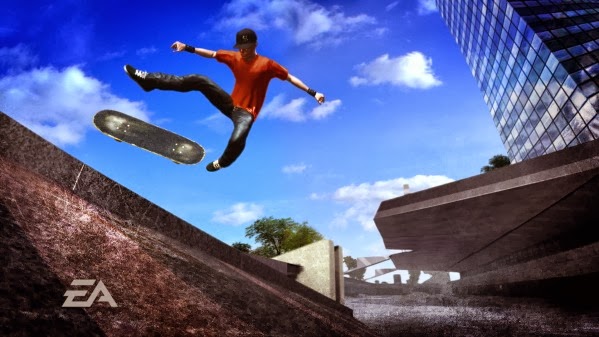.jpeg)
Initially, the 3DS version of Sonic: Lost World felt like another impending miracle, but it seems that Sonic's recent success has come to its end. Lost World follows Sonic's venture through seven themed areas in an effort to stop Robotnik and The Deadly Six from draining the energy from the world. Clearing levels requires you to successfully navigate platforms, grind-rails and twisting tunnels, all while smashing robots with Sonic's spindash attacks and collecting as many rings as possible.
Lost World mixes classic with vivid and inspired landscapes, upholding each world's themed direction well enough to keep the scenery interesting. Sky Road's sunny opening fades into casino-themed trails of nightlife, and the botanically oriented opening to Silent Forest concludes with a moonlit evasion of spotlights. The frame rate is generally up to the action, but getting hit while carrying anything more than 30 rings drops it to something resembling a flip book with a few pages missing. The cutscenes also seem pixelated and blurry, even without the 3D effect turned on.
Both 3D and 2D levels exist in Lost World and encompass the majority of the series' notable modern mechanics, including spindash attacks, running across walls and bumpers that propel Sonic onto new paths. It also grants an encore to the Wisp creatures that were introduced in Colors. Wisps can be collected from capsules and deployed as a sort of powerup - the Asteroid Wisp collects enemies and platforms into an asteroid belt and grants a floaty second jump, for example.
Although its bag of tricks is gradually implemented and occasionally interesting, many of them feel like speed traps rather than satisfying additions. I have never wished to see complex, multi-chamber switch puzzles or blockades requiring specific bodycounts to proceed in a Sonic game, and Lost World has ensured that I never will.
What's conceptually sound isn't always reliable, either. The established lock-on system used to dash into enemies with homing attacks often dropped me right in front of a monster without actually dealing damage, typically resulting in an injured Sonic and an explosion of rings. Larger foes call for a charged homing attack, which boils down to dodging other obstacles while waiting for the reticle to triple-target enemies that often block Sonic's progress through a level. The same attack can be used for targeting chains of lesser foes, too, but its choice of subjects is often astounding. I burnt many lives trying to kill a single enemy in front of me and instead rocketing after something behind the camera or sailing over a chasm toward something I had no intention of targeting.
After consecutive failed attempts, Lost World spawns a capsule containing an RC unit meant to assist with clearing a difficult section, sort of like Nintendo's Super guide. Barreling down on a pack of monsters with a toy plane in tow that's furiously coating everything in sight with missiles is immensely gratifying, but it often feels more like a solution to the broken attack mechanics than an optional aide to frustrated players. Additional RC units, along with boost items like 1-ups and auras for Sonic that act like shields or magnets for rings, can be built in Tails' workshop using elemental resources that are awarded with the completion of each level.
The series' fondness for weaving alternate paths for players to explore in future plays is present in Lost World, but the pathways merge sloppily and result in confusing mazes. I frequently backtracked through passages that I thought were ultimately leading me to a level's conclusion, only to find a bumper or speed strip encouraging progress in the direction I had just come from. Aside from the detours, the main paths suffer from the unfortunately established tradition of punishing Sonic's speed with spikes and enemies that can't be anticipated, and can only be avoided after an initial failure. Worst of all, the sections that require Sonic to smash all of its resident baddies are unavoidable, reducing portions of stages into tired button mashing until everything is dead.

There are reasons to return to previously completed levels - each stage contains five hidden red star rings, many of which are fairly difficult to find. Wisp capsules also appear in levels preceding their introduction in the game, encouraging fresh attempts in an effort to see areas that weren't immediately accessible. There are even hidden stages, which thankfully are not limited to the special world that's entirely comprised of gyro-controlled Chaos Emerald levels in space. These gyro levels fail to captivate, but the hidden levels that offer alternate, resource-stripped versions of the game's main levels offer an additional challenge. However, the fatigue inspired by persevering over the main game's downfalls doesn't leave much of a desire for more.
The most frustrating thing about Lost World is that it's not consistently miserable. There are brief sections that feel competent and structured around the game's mechanics - Sparsely placed lines of enemies that immediately work with the homing attack and serve as bridges to platforms, or stretches of ramps and rails that encourage you to run as fast as possible without hiding a "gotcha" enemy at the end to knock the rings out of you. However, these are abruptly and frequently interrupted by grating mechanics or an unwarranted "strike" from an idling enemy. Every fresh realization of an impending puzzle inspired a sigh, and I laughed in disbelief at sudden threats that the immediate surroundings encouraged me to run blindly towards.
I'm tired of resorting to the one-ring trick to survive the broken mechanics and blind hazards of a Sonic game. I want to feel satisfaction from besting a stage full of thought-out pathways and platforming opportunities, or at least survive a level without an event that makes me question its structural integrity. Unfortunately, Lost World tries to pack in so many mechanics that it suffocates the rapid-fire platforming segments, which are breathless when all the mechanics are suited to Sonic.

Via Joystiq







 Men of wa
Men of wa































.gif)